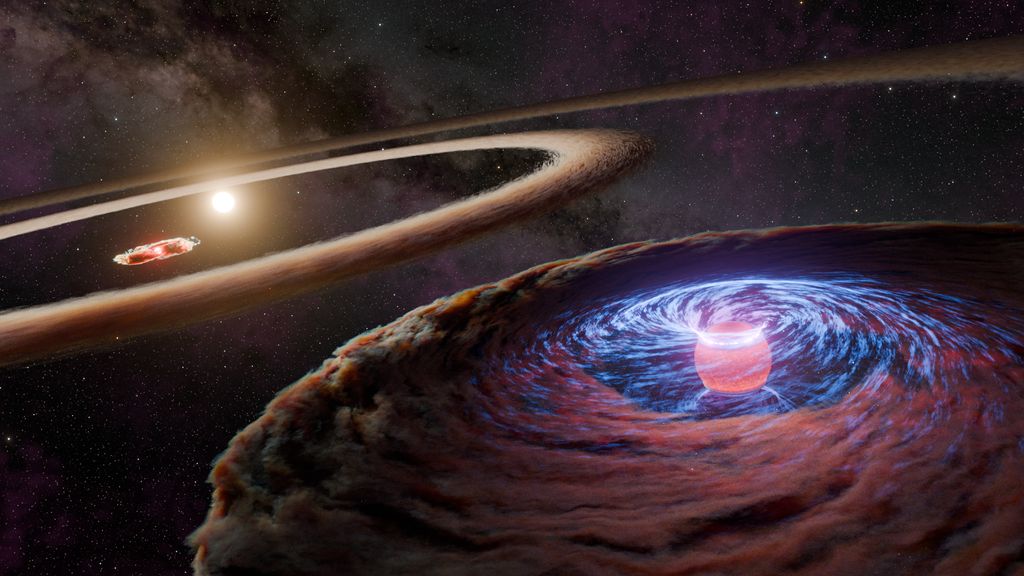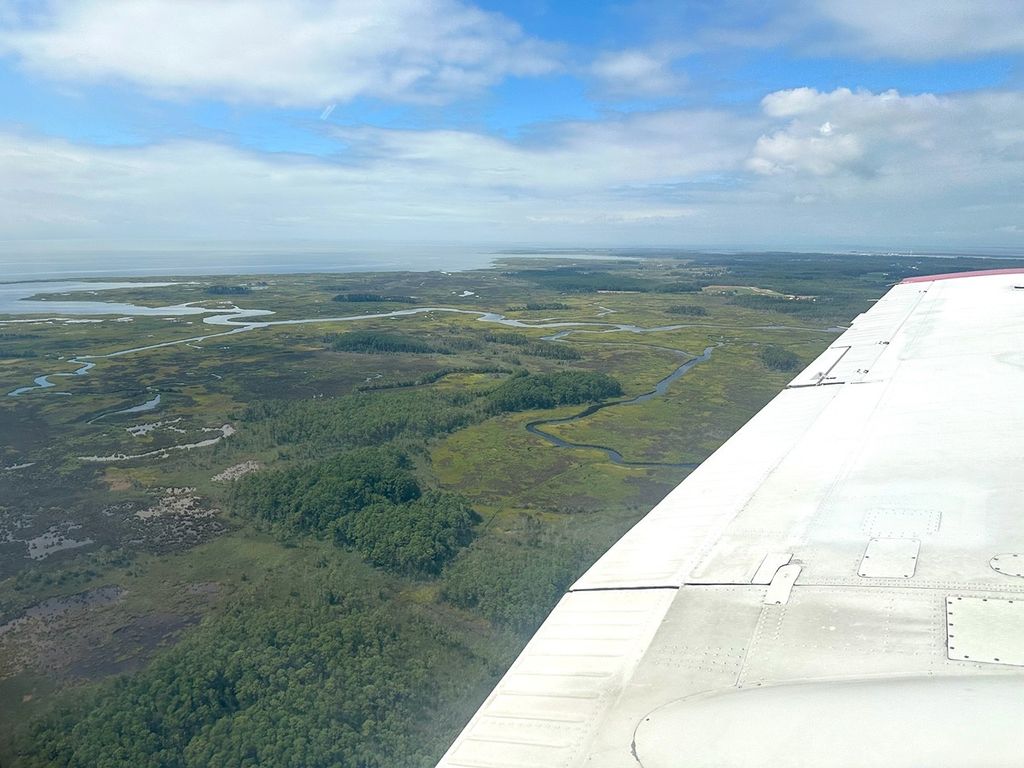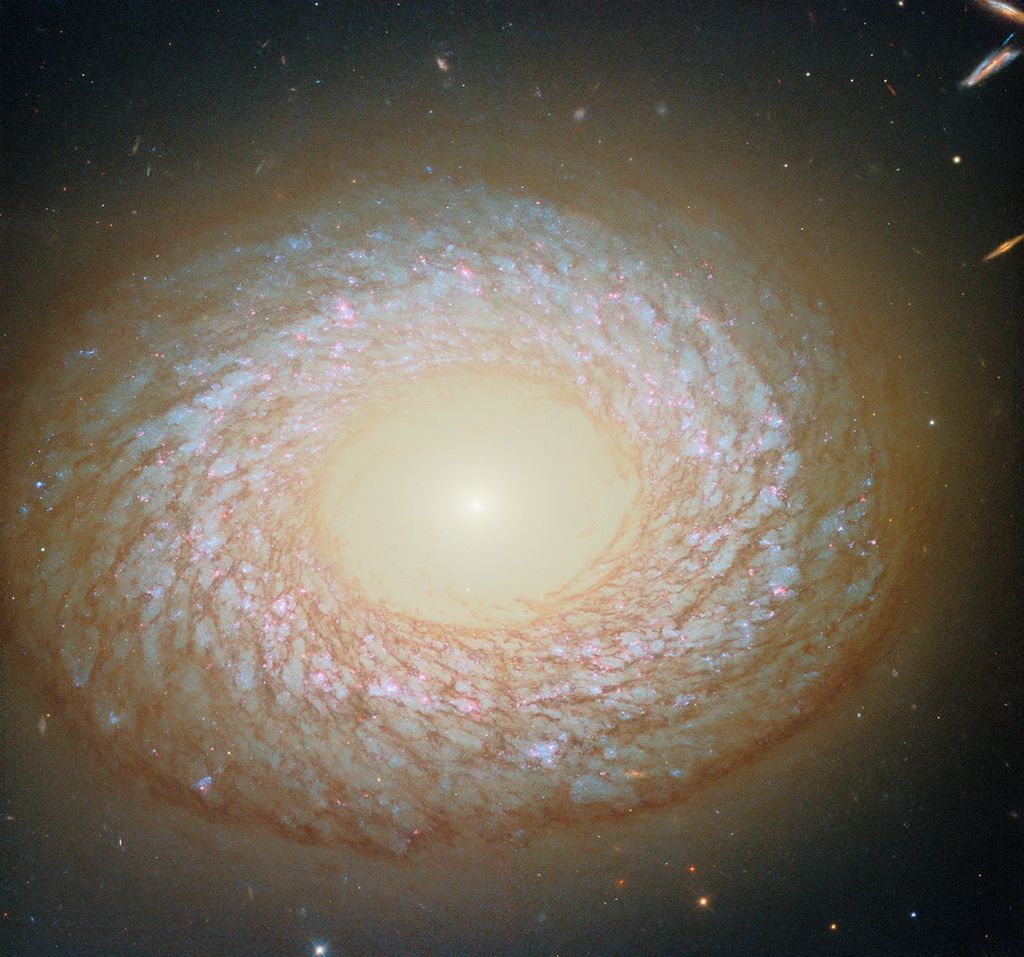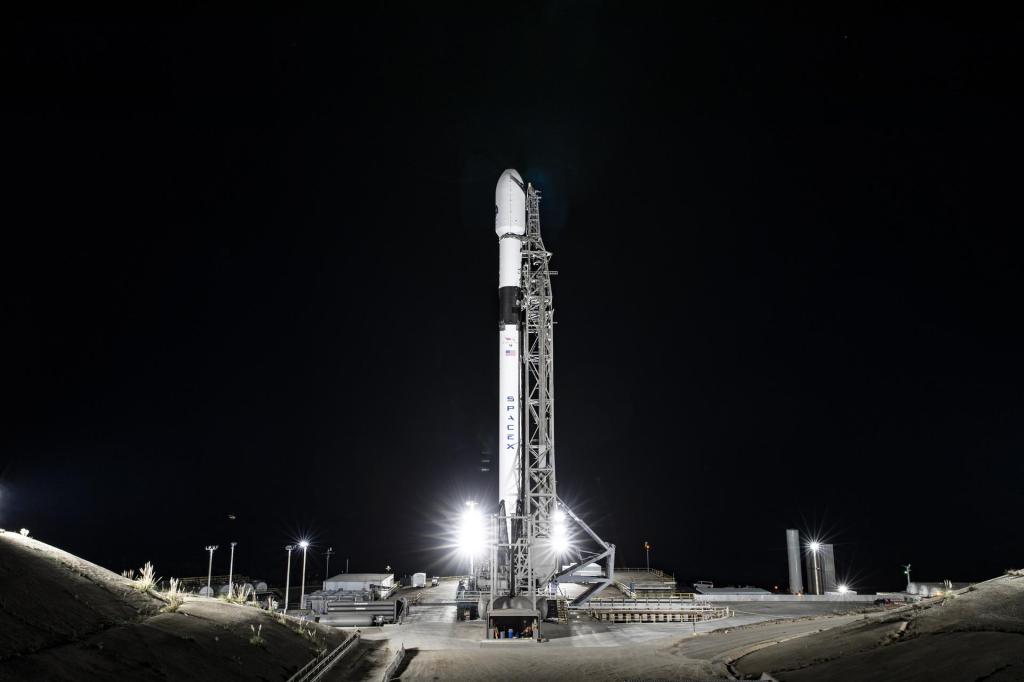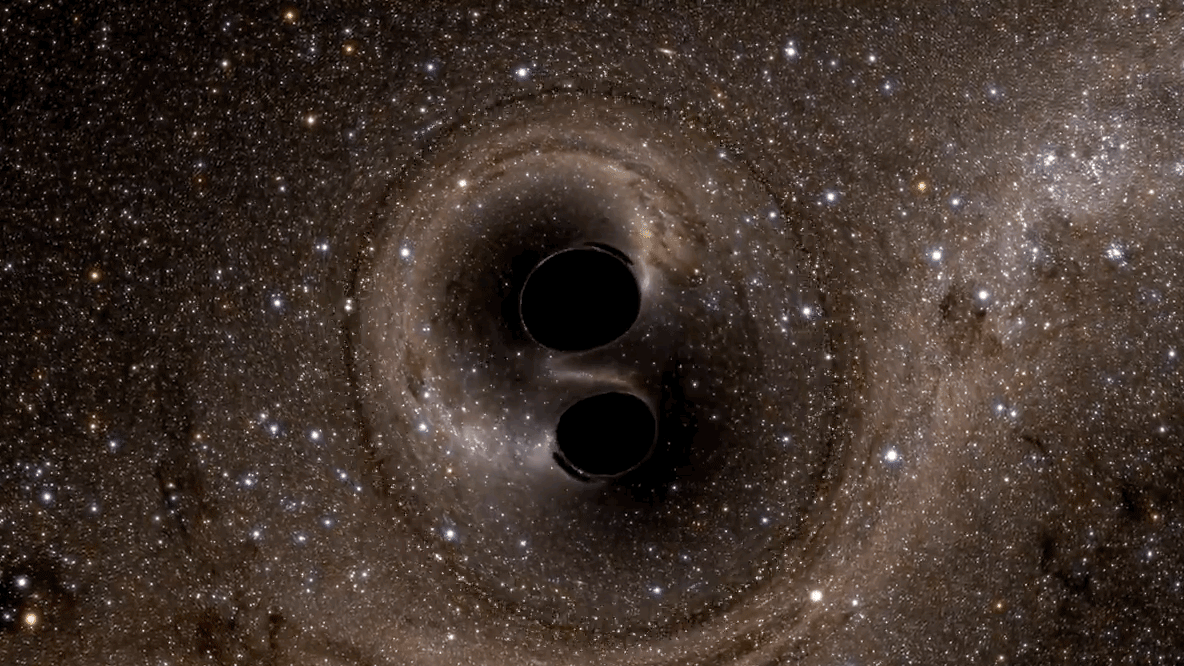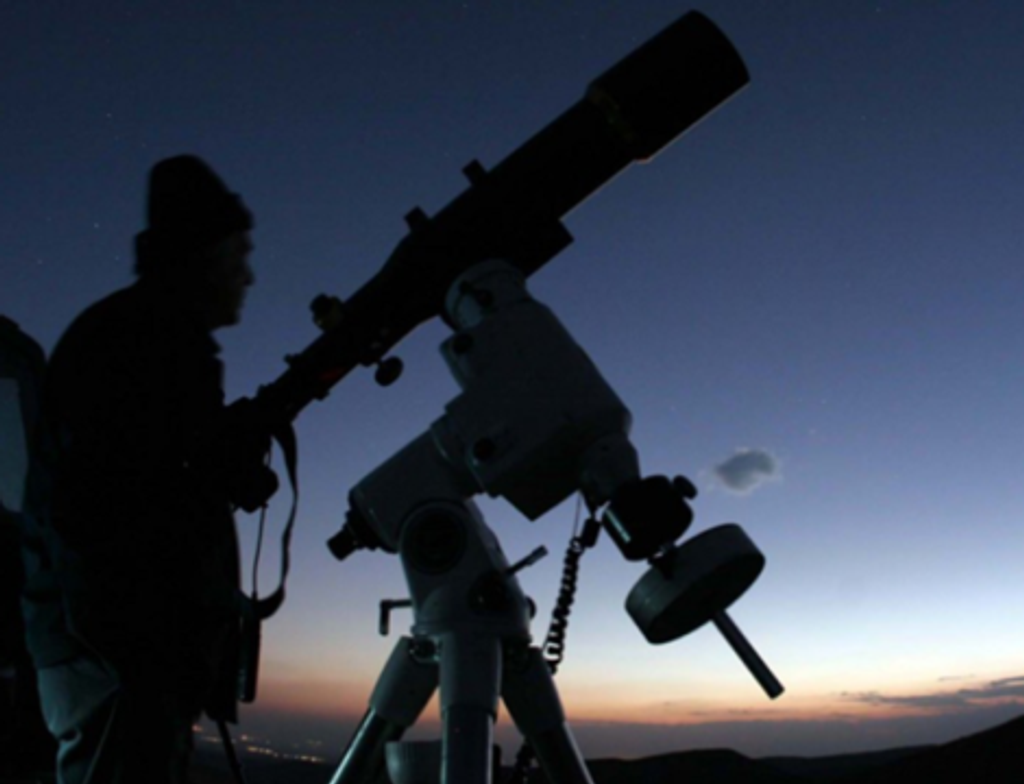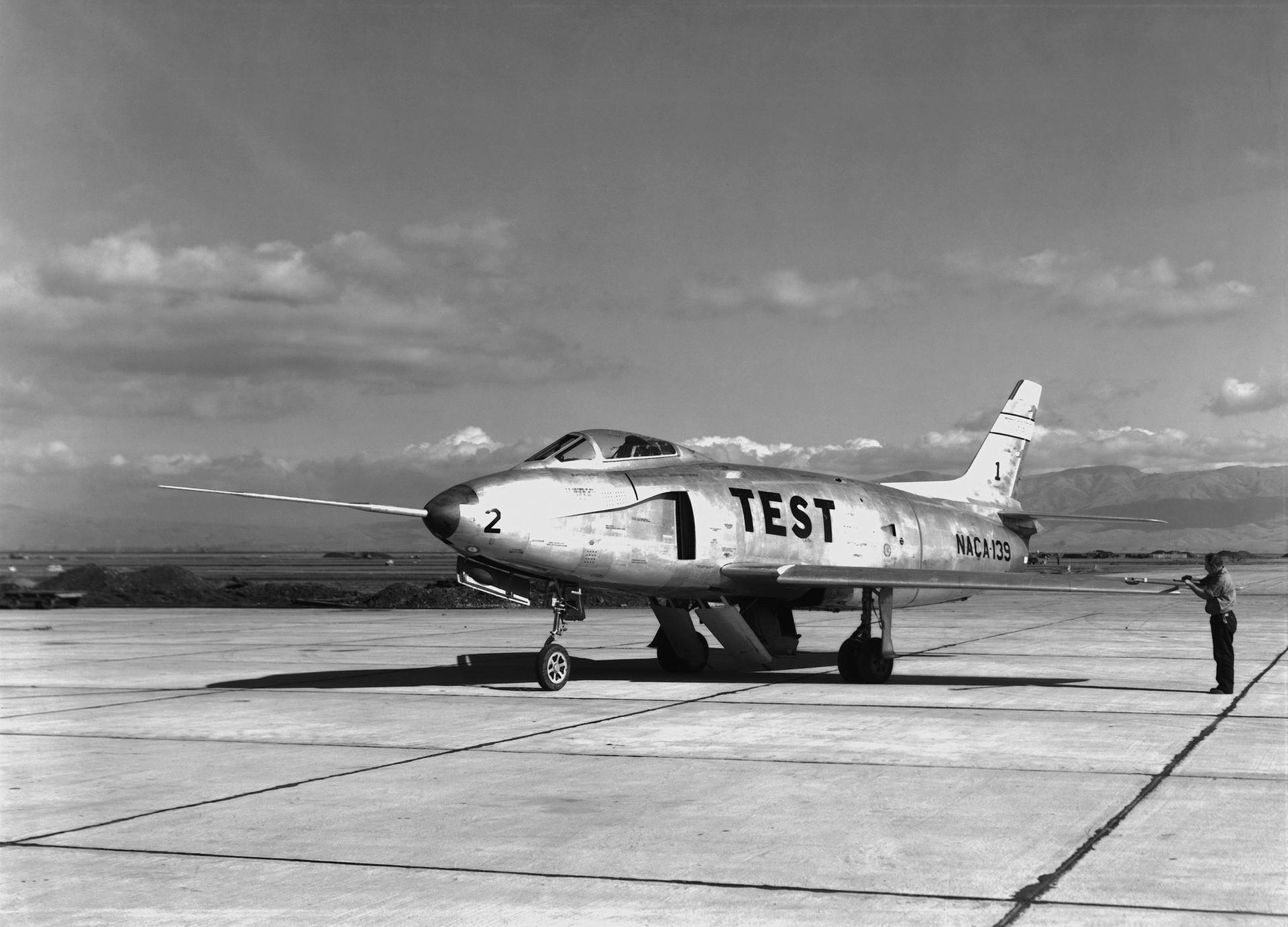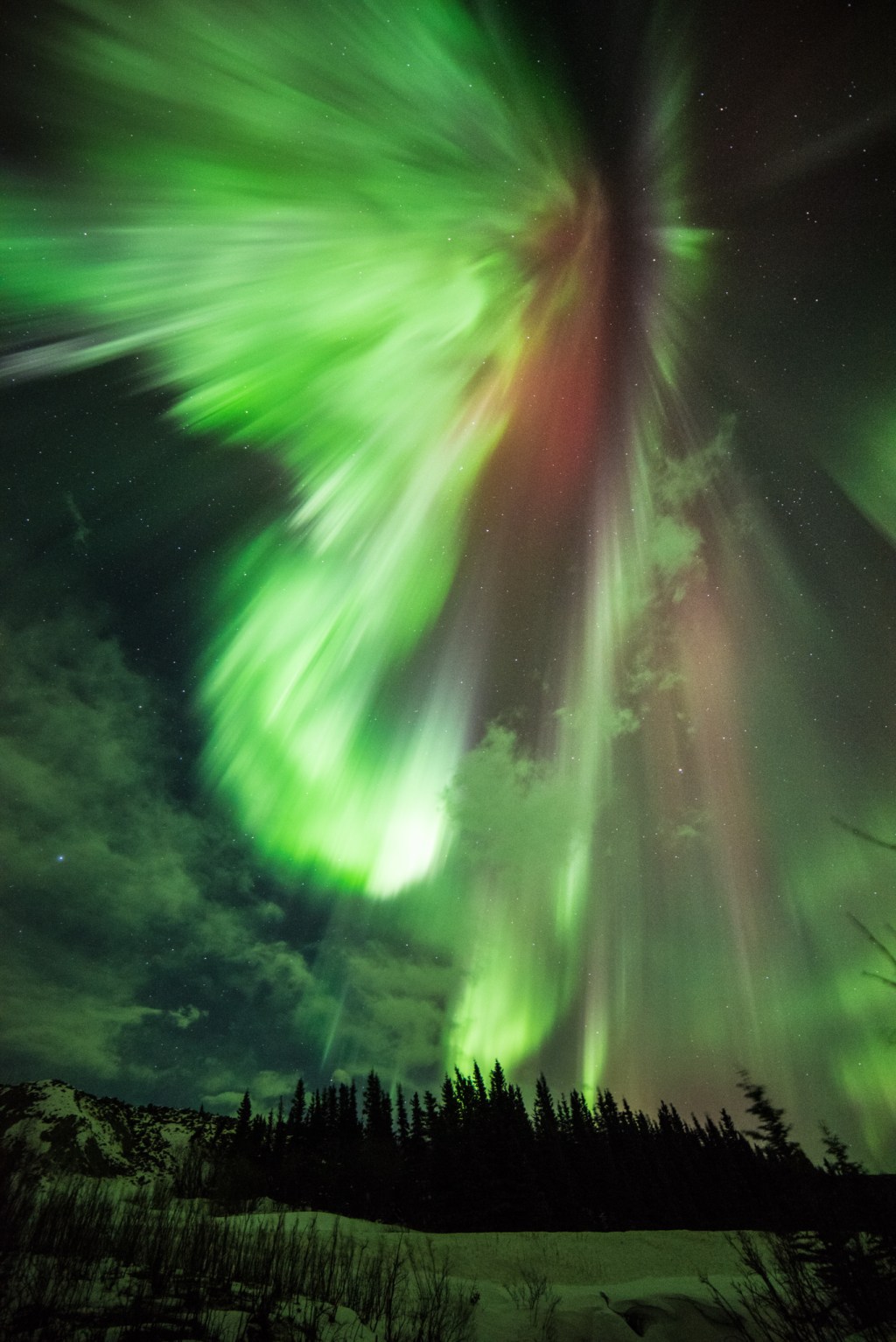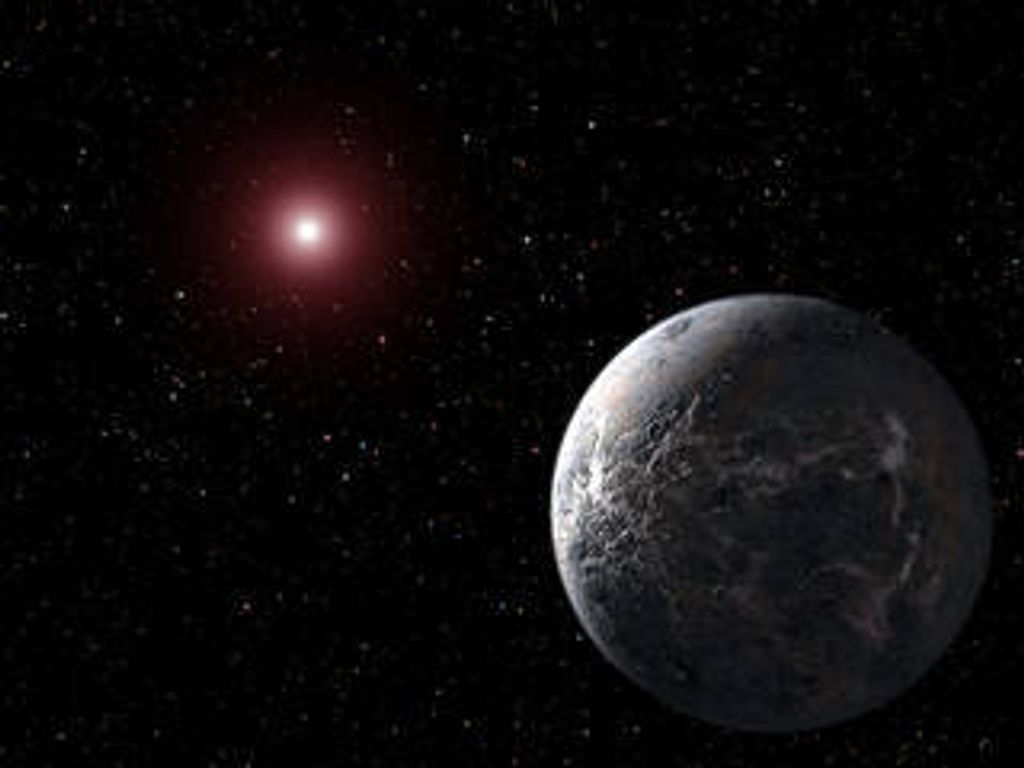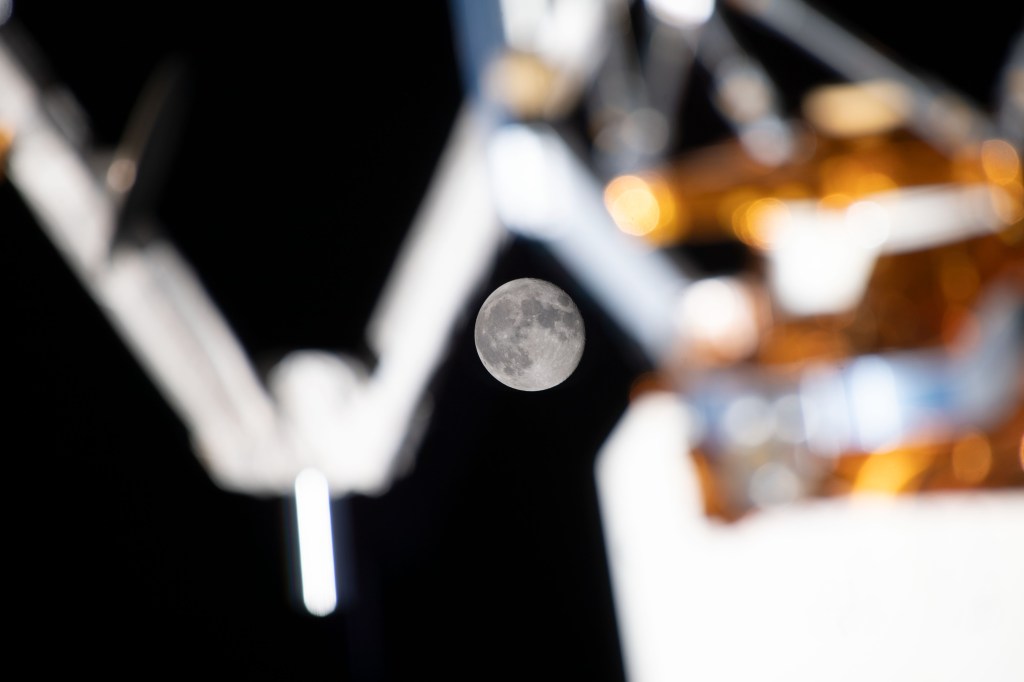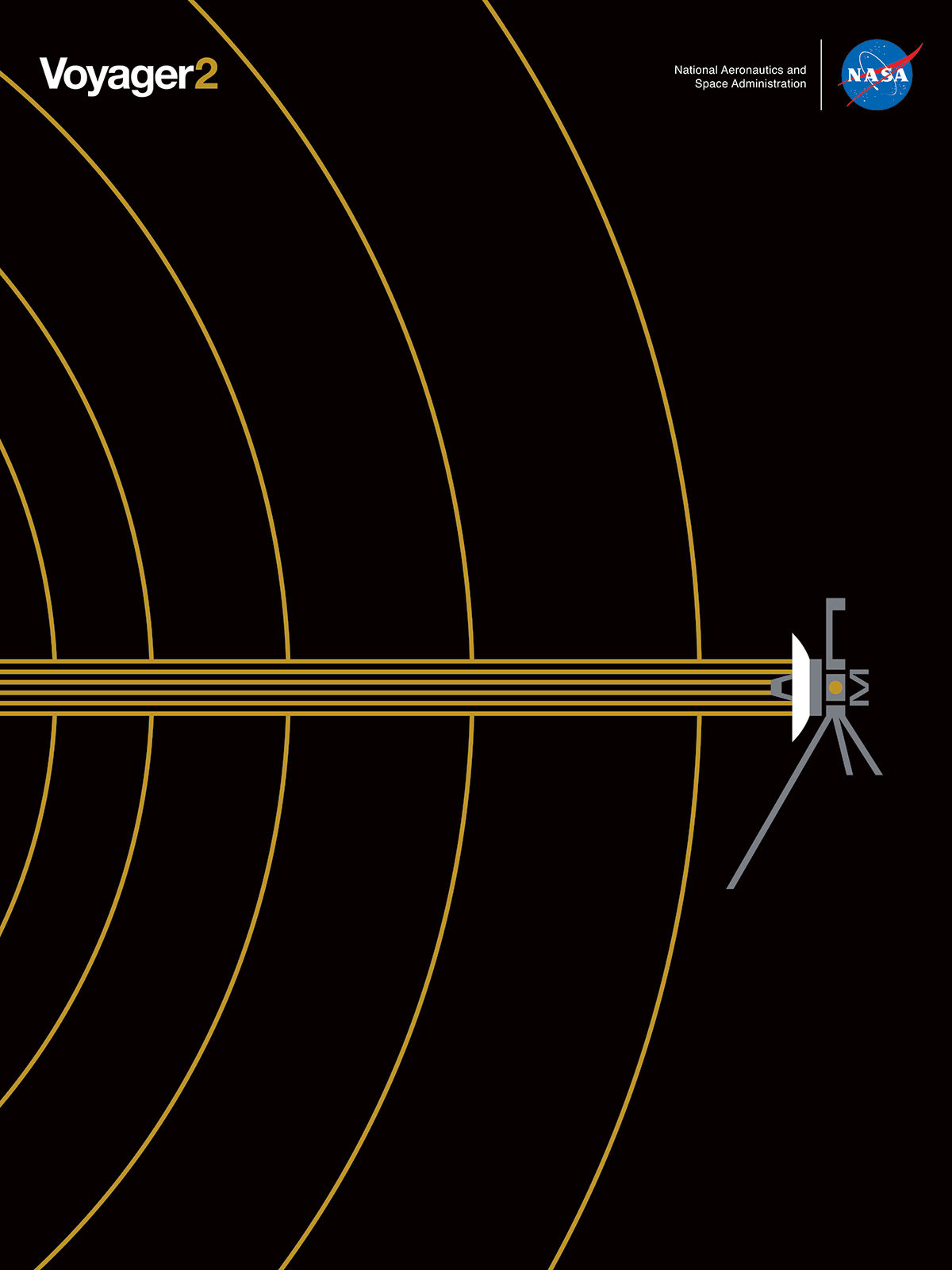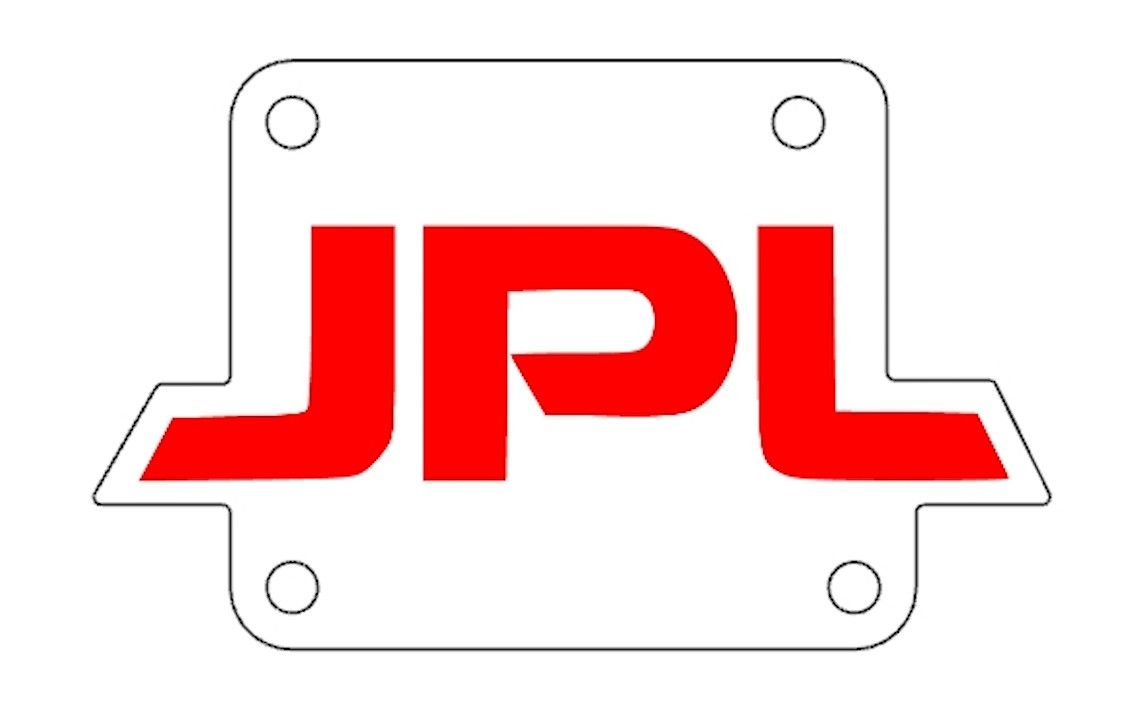Voyager 1 and 2
Downloads
Posters and infographics to download, print, and share.
Voyager 2: Interstellar Space
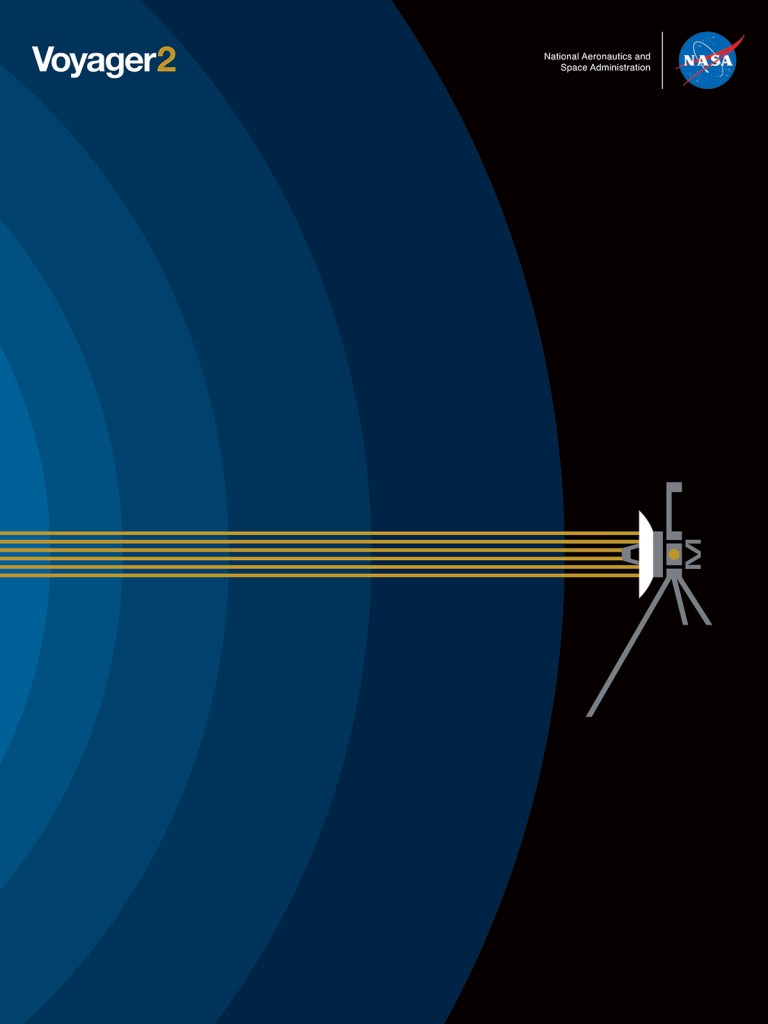
For the second time in history, a human-made object has reached the space between the stars. NASA's Voyager 2 has exited the heliosphere - the protective bubble of particles and magnetic fields created by the Sun.
NASA/JPL-Caltech
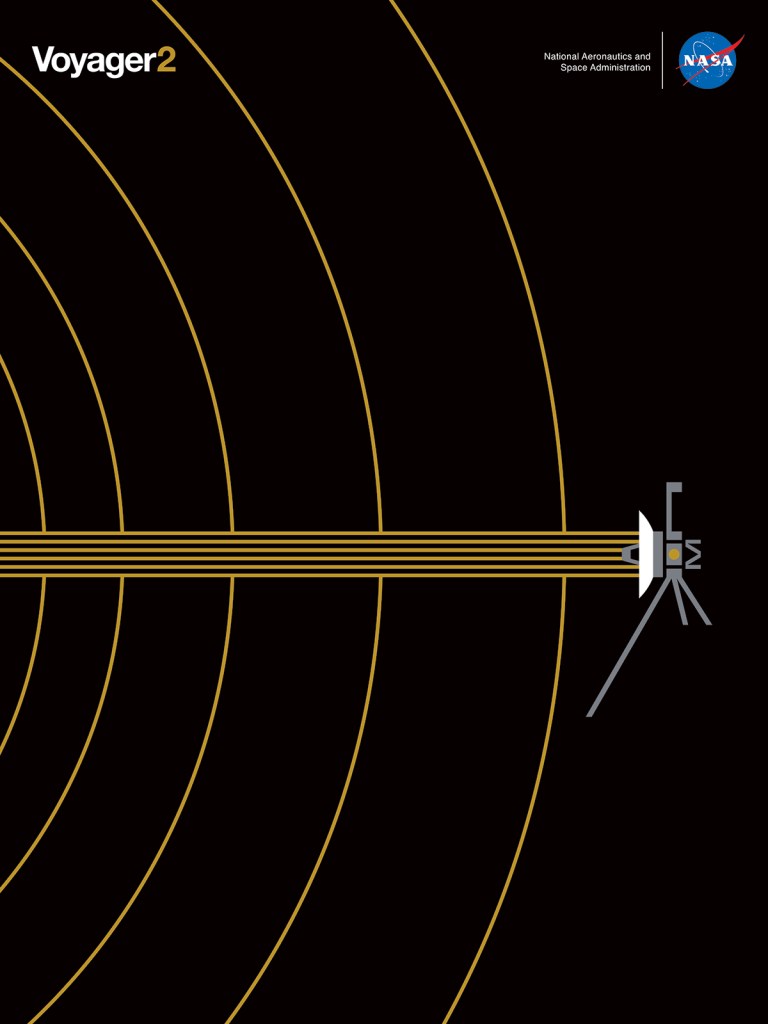
NASA/JPL-Caltech

For the second time in history, a human-made object has reached the space between the stars. NASA's Voyager 2 has exited the heliosphere - the protective bubble of particles and magnetic fields created by the Sun.
NASA/JPL-Caltech

NASA/JPL-Caltech
Blue
Golden
Blue and gold
Voyager 2: Interstellar Space
November 5, 2018
The Voyagers: Reaching for the Stars
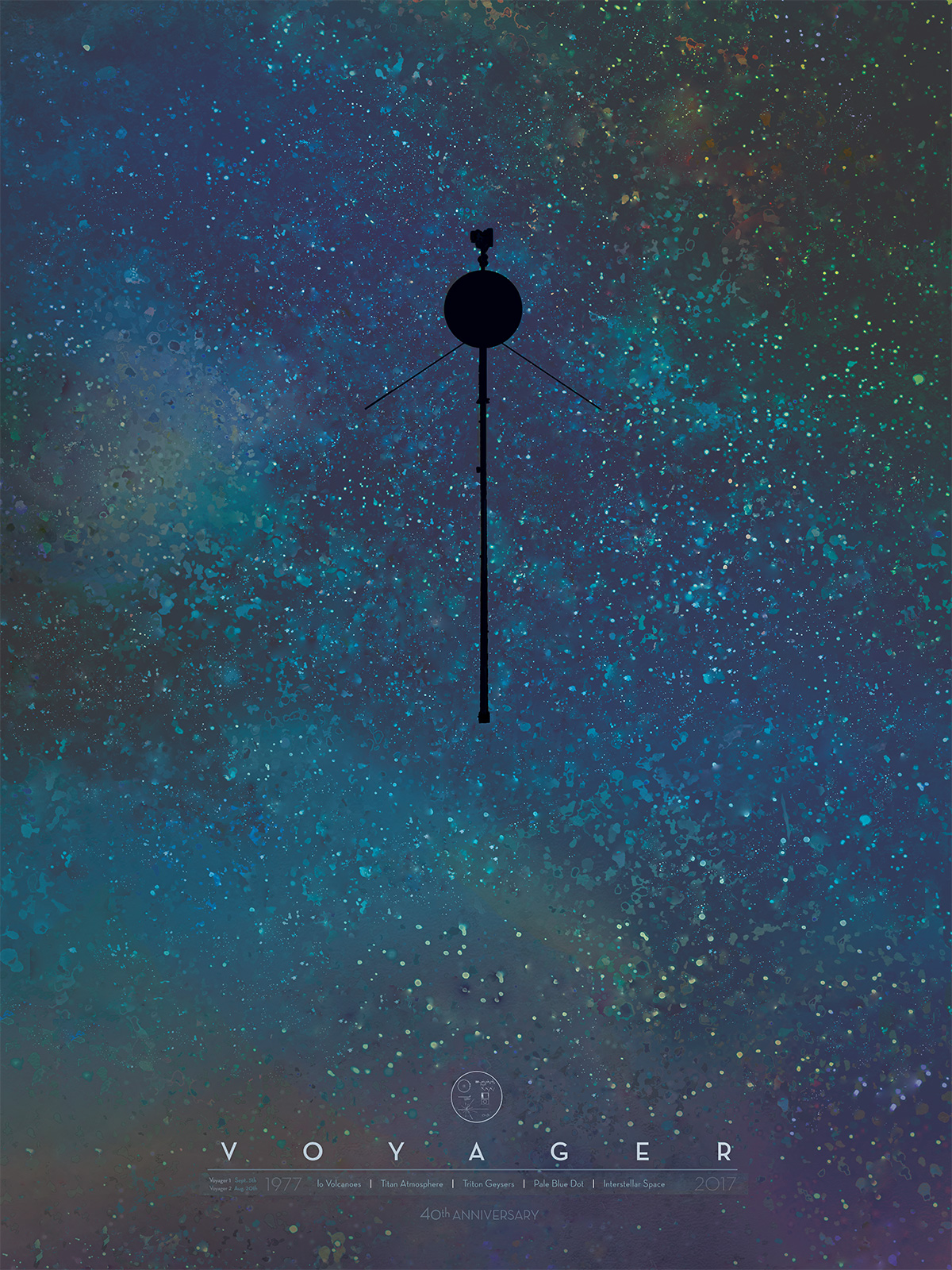
The twin Voyager spacecraft, which launched in 1977, are our ambassadors to the rest of the Milky Way, destined to continue orbiting the center
of our galaxy for billions of years after they stop communicating with Earth. On Aug. 25, 2012, Voyager 1 became the first human-made object to
enter interstellar space. At age 40, the Voyagers were the farthest and longest-operating spacecraft and still have plenty more to discover. This poster captures the spirit of exploration, the vastness of spacend the wonder that has fueled this ambitious journey to the outer planets and beyond.
of our galaxy for billions of years after they stop communicating with Earth. On Aug. 25, 2012, Voyager 1 became the first human-made object to
enter interstellar space. At age 40, the Voyagers were the farthest and longest-operating spacecraft and still have plenty more to discover. This poster captures the spirit of exploration, the vastness of spacend the wonder that has fueled this ambitious journey to the outer planets and beyond.
NASA/JPL-Caltech
Download
The Voyagers Rock On
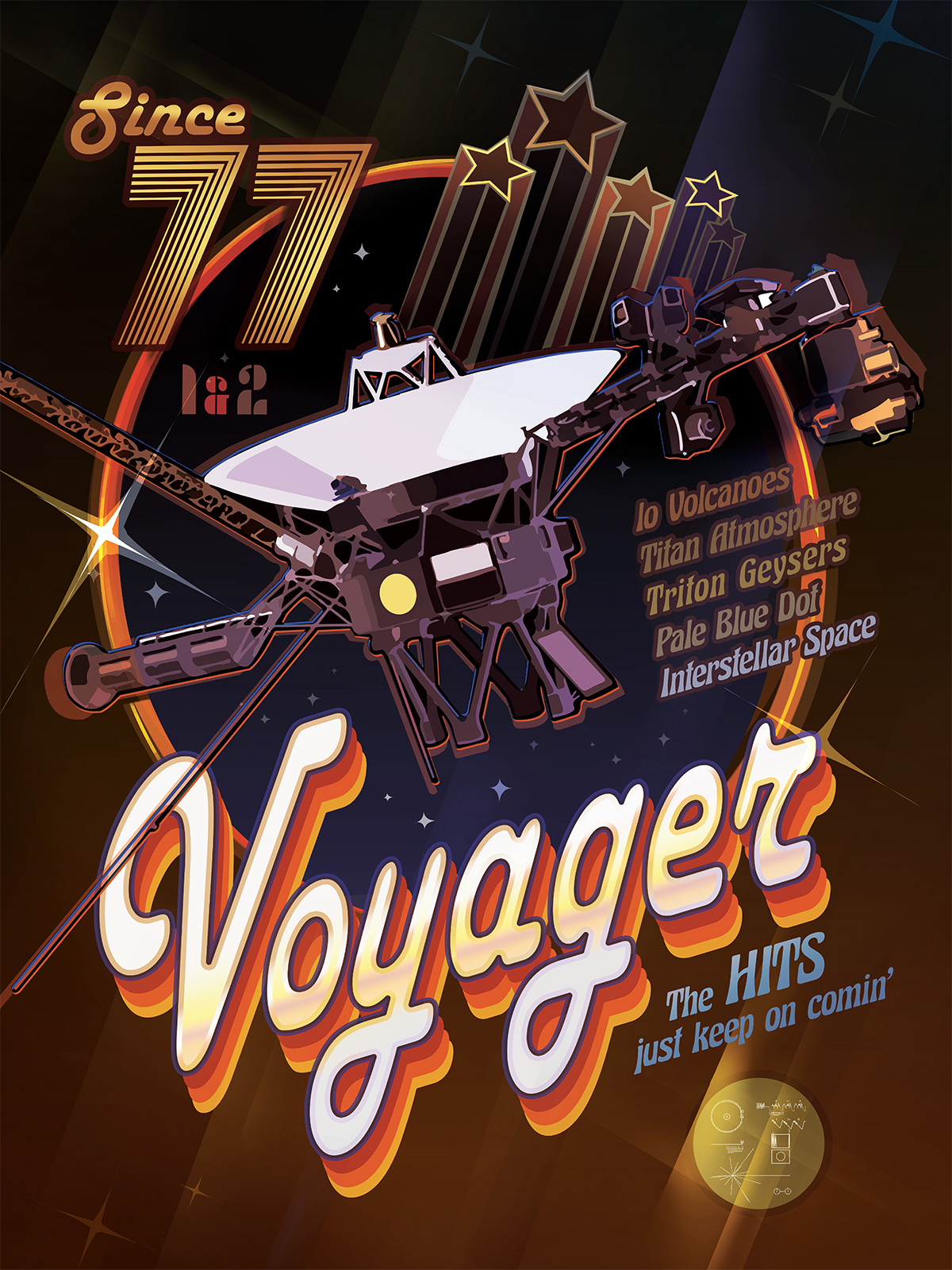
Thanks to the twin Voyager spacecraft, music is truly universal: Each
carries a Golden Record with sights, sounds and songs from Earth as it
sails on through the Milky Way. Recalling the classic rock era of the
late 1970s when the Voyagers launched, this poster is an homage to the
mission's greatest hits. Some of the most extraordinary discoveries of
the probes' first 40 years include the volcanoes on Jupiter's moon Io,
the hazy nitrogen atmosphere of Saturn’s moon Titan and the cold geysers
on Neptune's moon Triton. Voyager 1 is also the first spacecraft to
deliver a portrait of our planets from beyond Neptune, depicting Earth
as a 'pale blue dot,' and, as of Aug. 25, 2012, to enter interstellar
space. Voyager 2 is expected to enter interstellar space in the coming
years. Even after 40 years, the Voyagers’ hits just keep on coming.
NASA/JPL-Caltech
The Grand Tour

NASA's Voyager mission took advantage of a once-every-175-year alignment of the outer planets for a grand tour of the solar system. The twin spacecraft revealed details about Jupiter, Saturn, Uranus and Neptune – using each planet's gravity to send them on to the next destination. Voyager set the stage for such ambitious orbiter missions as Galileo to Jupiter and Cassini to Saturn. Today both Voyager spacecraft continue to return valuable science from the far reaches of our solar system.
NASA/JPL-Caltech
The Pale Blue Dot
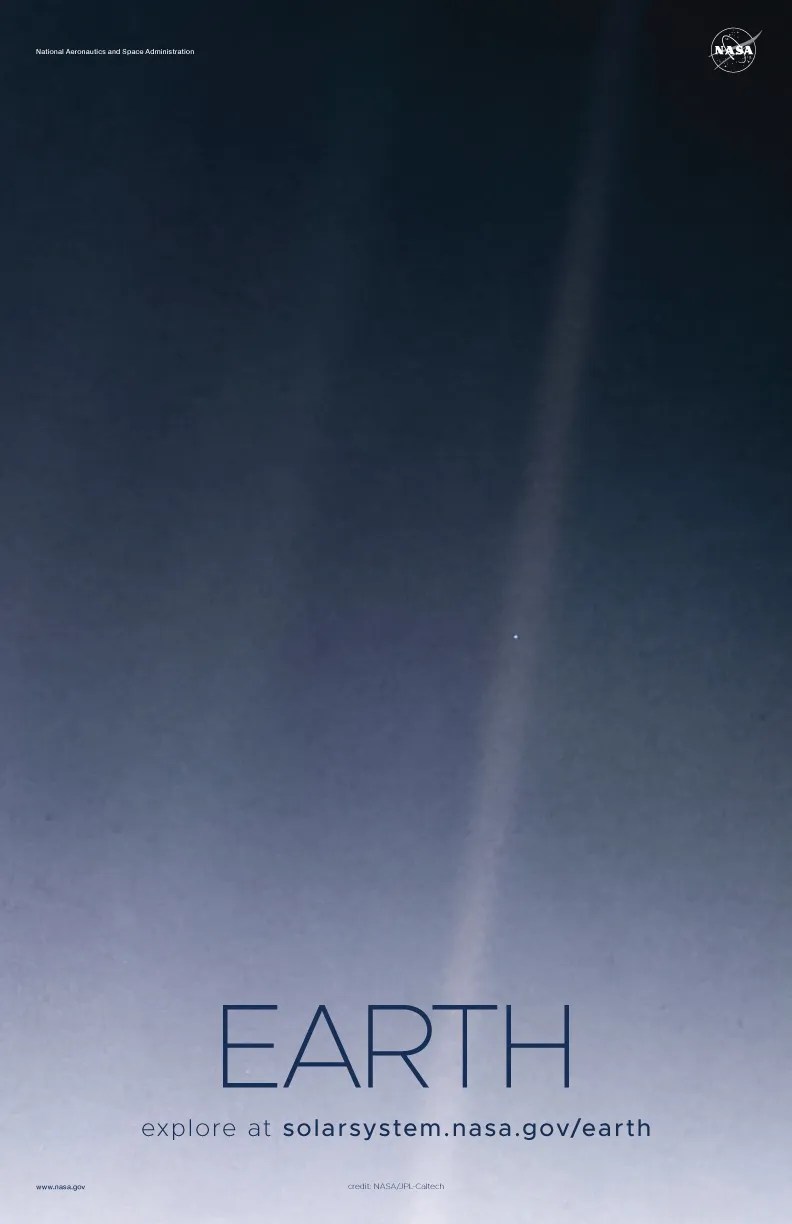
This image of Earth is part of a family portrait of our solar system taken by the Voyager 1 spacecraft from about 3.8 billion miles (6.4 billion kilometers) away. The image inspired the title of scientist Carl Sagan's 1994 book, "Pale Blue Dot: A Vision of the Human Future in Space,” in which he wrote: "Look again at that dot. That's here. That's home. That’s us.”
NASA

